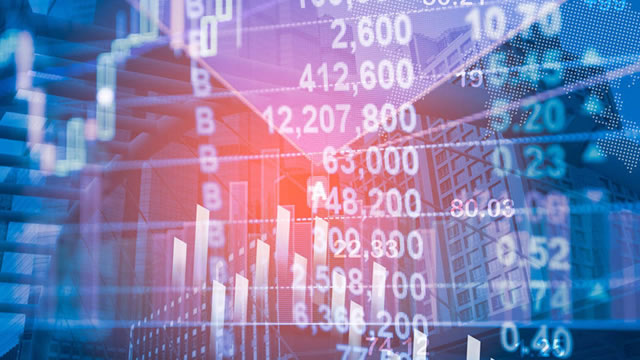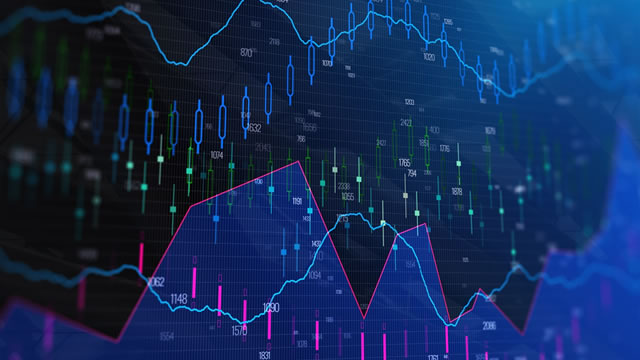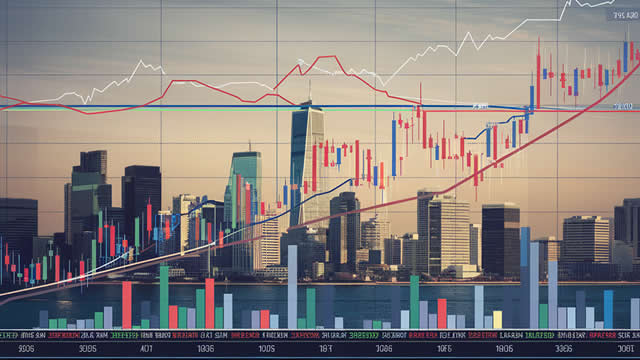Gold Prices Surge Above $3,000: A New Era of Economic Uncertainty
Gold prices have been on a rollercoaster ride in recent months, with the precious metal experiencing a fresh increase from the $2,950 support zone. This upward trend can be attributed to a number of factors, including growing recession fears and the ongoing trade war between the world’s two largest economies.
Recession Fears
The global economy has been showing signs of weakness in recent times, with many economists warning of a potential recession. The uncertainty surrounding the economic outlook has led investors to seek safe-haven assets, with gold being a popular choice. The yellow metal’s status as a traditional safe-haven asset makes it an attractive investment during times of economic uncertainty.
Trade War
Another major factor driving the increase in gold prices is the ongoing trade war between the United States and China. The trade war has led to a significant increase in economic volatility, with many investors seeking to protect their assets from potential market downturns. Gold’s status as a safe-haven asset makes it an attractive option for those looking to hedge against economic uncertainty.
Impact on Individuals
For individuals, the increase in gold prices can have both positive and negative impacts. On the one hand, those who have invested in gold or hold gold as part of their investment portfolio stand to benefit from the upward trend in prices. On the other hand, those who use gold as a form of currency or rely on gold for industrial purposes may see increased costs.
- Investors: Those who have invested in gold or hold gold as part of their investment portfolio stand to benefit from the upward trend in prices.
- Consumers: Those who use gold as a form of currency or rely on gold for industrial purposes may see increased costs.
Impact on the World
The increase in gold prices can also have significant impacts on the world at large. For example, central banks may look to add to their gold reserves in response to economic uncertainty, leading to increased demand for the precious metal. Additionally, higher gold prices can lead to inflationary pressures, particularly in countries that rely heavily on gold for exports.
- Central Banks: Central banks may look to add to their gold reserves in response to economic uncertainty, leading to increased demand for the precious metal.
- Inflation: Higher gold prices can lead to inflationary pressures, particularly in countries that rely heavily on gold for exports.
Conclusion
In conclusion, the recent increase in gold prices can be attributed to a number of factors, including growing recession fears and the ongoing trade war between the United States and China. While the upward trend in prices may be positive for investors, it can have negative impacts on consumers and the world at large. As economic uncertainty continues to loom, it is likely that gold prices will remain a topic of interest for investors and economists alike.
As we move forward, it will be important to keep a close eye on economic developments and how they may impact the price of gold. Whether you are an investor or a consumer, understanding the factors driving gold prices can help you make informed decisions and navigate the economic landscape.





